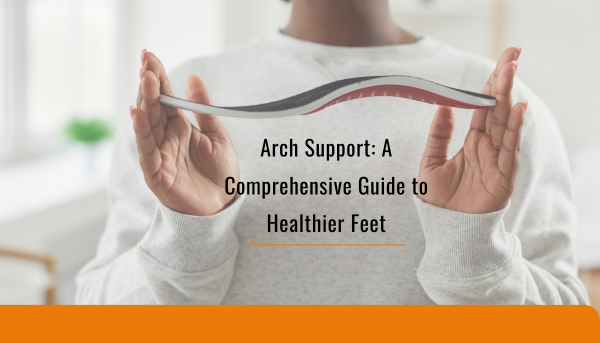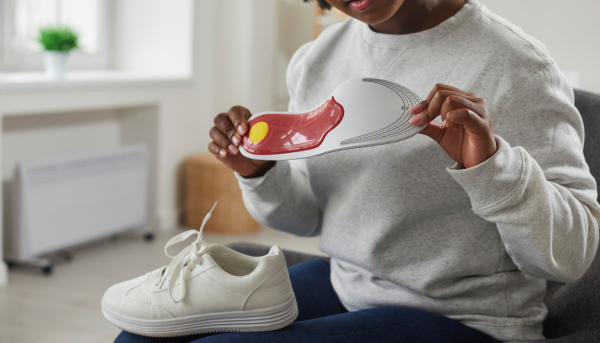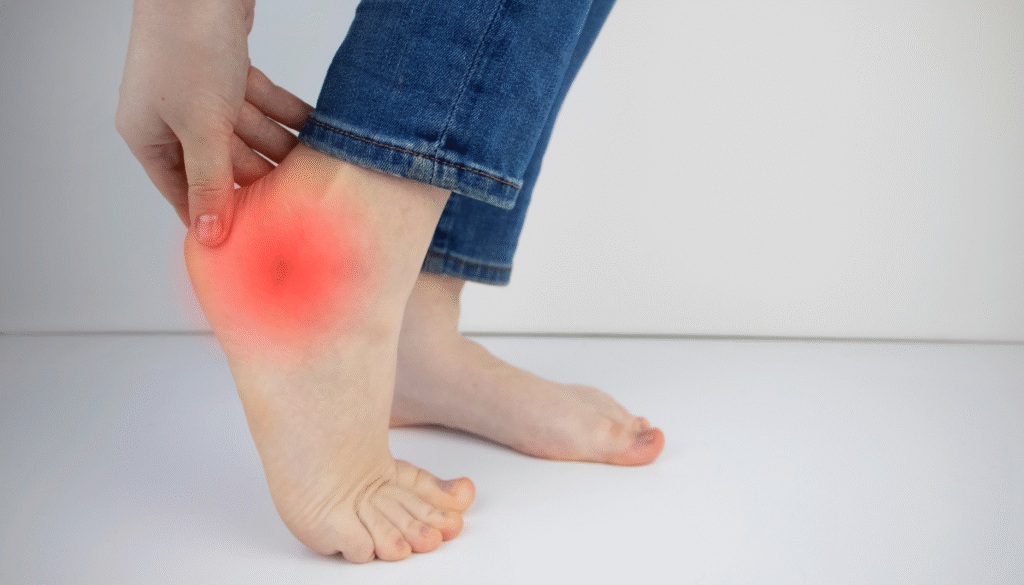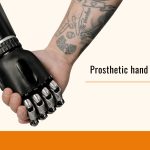
As modern life has transitioned from natural terrain to concrete jungles, our feet have borne the brunt of change. Once accustomed to stepping on grass, sand, and soil, we now spend most of our time on hard, flat surfaces, often in shoes that look good but lack proper support. In this context, arch support isn’t just helpful, it’s essential.
If you often experience sore feet after a long day, foot arch support might be a simple but effective solution.
This blog will explain arch supports, why they matter, the different types available, and how to choose the right one for your needs.
What Are Arch Supports?
Arch supports are specialised inserts or built-in features in footwear that help uphold the natural curve of your foot’s arch. While some may be simple foam pads, others are high-performance orthotic devices designed to stabilise, support, and protect your feet from the ground up.
Their job is straightforward yet powerful; they help distribute your body weight evenly, support the foot’s natural structure, and reduce the stress placed on muscles and joints during everyday movement.

Why Do We Need Arch Support?
The arch of the foot is like a spring. It absorbs shock, provides leverage, and keeps us balanced while walking or running. But unlike soft earth, modern surfaces such as concrete and tiles don’t give way under pressure. This forces our feet to absorb more impact, leading to strain and long-term issues.
Arch support plays an important role to address the differences between our feet’s evolution and the modern spaces we live in today.

Understanding Your Arch Type
It is essential to understand the structure of your foot, before selecting any arch support.
Generally, there are three types of arches:
- Normal Arch: Provides natural shock absorption. Neutral shoes with light support are typically sufficient.
- Flat Feet: The arch is low or collapsed, often resulting in overpronation. These feet need more structured support.
- High Arch: High Arch feet don’t absorb shock well, leading to pressure on the ball and heel. Extra cushioning and arch elevation help distribute weight.
A simple wet footprint test or gait analysis at a footwear clinic can help identify your arch type.
Key Benefits of Arch Support
You may wonder, is arch support necessary if you don’t have any foot pain; truth is, it plays a crucial role in maintaining long-term joint and muscle health. Some of the key benefits include:
1. Supports Natural Posture and Body Alignment
When your arches are properly supported, it becomes easier to stand tall without putting unnecessary pressure on your joints. The feet form the base of your entire skeletal system, so stable arches help keep your ankles, knees, hips, and back in better alignment, reducing strain during daily activities.
2. Helps Ease Foot and Heel Discomfort
Persistent foot pain, especially under the heel or arch, can often be linked to poor support. By adding structure under your arch, pressure is more evenly spread out across the foot, helping to calm irritation and reduce common problems like plantar fasciitis or sore heels.
3. Improves Stability
Without proper arch support, your feet may not sit securely inside your shoes. A strong support system provides better stability by filling the area under the foot’s natural curve, enhancing balance and reducing the risk of slipping while walking or standing.
4. Reduces the Risk of Common Injuries
For people who spend a lot of time on their feet, or those who walk, run, or train regularly, unsupported arches can lead to muscle fatigue, joint strain, or even injury. The right support cushions impact and keeps your movements more controlled and aligned.
5. Keeps Your Feet in Good Shape Over Time
Wearing arch support regularly helps your feet hold their shape and function properly, especially as you get older.
Investing in arch support shoes can make daily walking or standing more comfortable, especially if you’re on your feet for hours.
Different Types of Arch Supports
Your choice of support should depend on your lifestyle and footwear. Here’s a breakdown:
- Full-Length Inserts: Ideal for trainers and boots with removable insoles. They replace the original insole entirely.
- ¾ Length Supports: Best for casual or dress shoes, where space is tight.
- Gel Pads: Reusable and discreet, gel arch supports are great for sensitive feet or for those looking for added cushioning.
- Memory Foam: Soft and adaptive; these provide comfort but may lack structure for severe support needs.
- Custom Orthotics: Tailor-made by specialists using foot moulds. These are ideal for chronic issues or unique foot shapes.
Do You Need Arch Support?
Here are some signs you could benefit from additional support:
- Heel pain when you wake up (a classic sign of plantar fasciitis)
- Aching arches after walking or standing
- Uneven shoe wear patterns
- Foot pain spreading to your knees or back
- Tingling, numbness, or cramping in your feet
- Tendency of rolling the feet in or out while walking
When to Consider Orthotics
Orthotics go a step further than basic arch supports. While arch supports may offer cushioning and slight alignment correction, orthotics are designed to manage medical conditions, correct foot mechanics, and aid in rehabilitation.
Consult a podiatrist if you:
- Have diabetes, arthritis, or plantar fasciitis
- Experience recurring lower limb pain
- Have been advised to correct overpronation or supination
- Are recovering from a sports injury
Orthotics are quite rigid, and the material can vary from soft EVA foam to hard graphite, depending on your needs.
FAQs: All About Arch Support
1. What are arch supports made of?
Depending on support level and intended use, they range from soft memory foam and gel to firm plastics like EVA or carbon graphite.
2. Can I wear arch supports in any shoe?
Not all shoes accommodate inserts. Shoes with removable insoles or enough internal space work best. Slippers, high heels, or sandals may require built-in arch support.
3. How long before I feel the difference?
Many people feel relief within a few days. However, adjustment can take up to two weeks, especially for rigid orthotics.
4. Are arch supports only for foot pain?
No. They also help with alignment issues that can be the reason of pain in your knees, hips, and back. Even if you’re not in pain, they can improve posture and comfort.
5. Do children need arch support?
If your child experiences flat feet, frequent tripping, or foot pain, paediatric arch supports can help guide proper foot development.
Step Into Supportive Living with Xtremity
At Xtremity Prosthetics and Orthotics, the focus goes far beyond simply providing footwear, it’s about delivering personalised, high-quality care through innovation and expertise. As a multidisciplinary team of medical and allied health professionals, Xtremity combines modern technology with compassionate care to offer advanced solutions for foot support, mobility, and rehabilitation.
Xtremity brings together clinical expertise and advanced manufacturing techniques to create highly customised solutions. Innovative and latest tools like 3D printing and computer-aided design (CAD), they manufacture orthotic devices and arch supports that are perfectly shaped to each individual’s needs.
Whether for a child or an adult, this level of precision improves comfort, fit, and function, raising the standard of orthotic and prosthetic care.
Ready to experience support that adapts to you?
Visit Xtremity today to explore clinically-backed arch support solutions that are designed to move with you—step by step.
About Us
Xtremity Prosthetics and Orthotics is a specialized health clinic where treatment is provided by a specialized team which comprises allied health professionals as well as medical professionals giving a multidisciplinary approach towards prosthetic and orthotic rehabilitation care.



